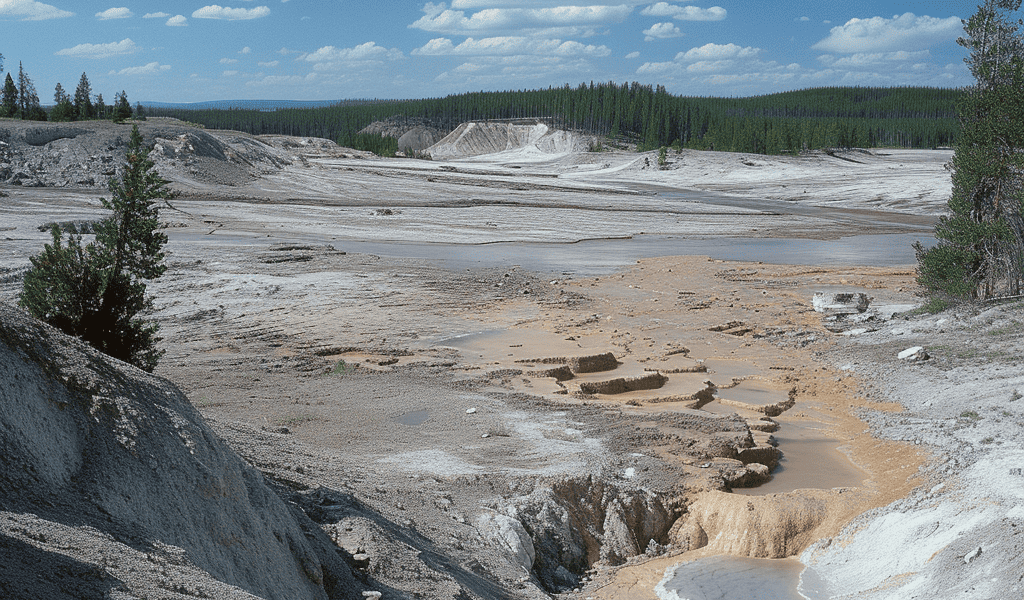Yellowstone National Park is a natural wonder, known for its stunning landscapes and unique geological features. Among these features are the park’s hydrothermal basins, which are of great interest to scientists due to the potential hazards they pose. In a recent development, the Yellowstone Volcano Observatory has initiated a monitoring plan aimed at better understanding and tracking the volcanic, hydrothermal, and tectonic activity within the park.
The plan, released in 2022, highlighted the need for improved monitoring within Yellowstone’s hydrothermal basins, citing the potential risks associated with hydrothermal explosions, particularly in Norris Geyser Basin. This led to the proposal of installing multi-component monitoring stations in these basins, with Norris Geyser Basin identified as a logical starting point for such work.
In line with this initiative, a collaborative effort involving scientists from the University of Utah, EarthScope Consortium, and the US Geological Survey led to the installation of a new monitoring site in the Ragged Hills, located at the center of Norris Geyser Basin. The Ragged Hills, a thermal kame formed by geological processes, provided an ideal location for the new monitoring station.
The new monitoring station includes four instruments, including a broadband seismometer designated YNB, which is designed to detect various forms of earth movement, from local earthquakes to tremors associated with geyser activity. This addition is expected to significantly enhance the monitoring capabilities in the area, providing valuable data for scientists studying the hydrothermal activity within the park.
This development marks an important step in the ongoing efforts to better understand and monitor the hydrothermal activity in Yellowstone National Park. By expanding the monitoring infrastructure and capabilities in key areas such as Norris Geyser Basin, scientists hope to gain valuable insights that will contribute to the overall understanding of the park’s unique geological features and the potential hazards they may pose.





